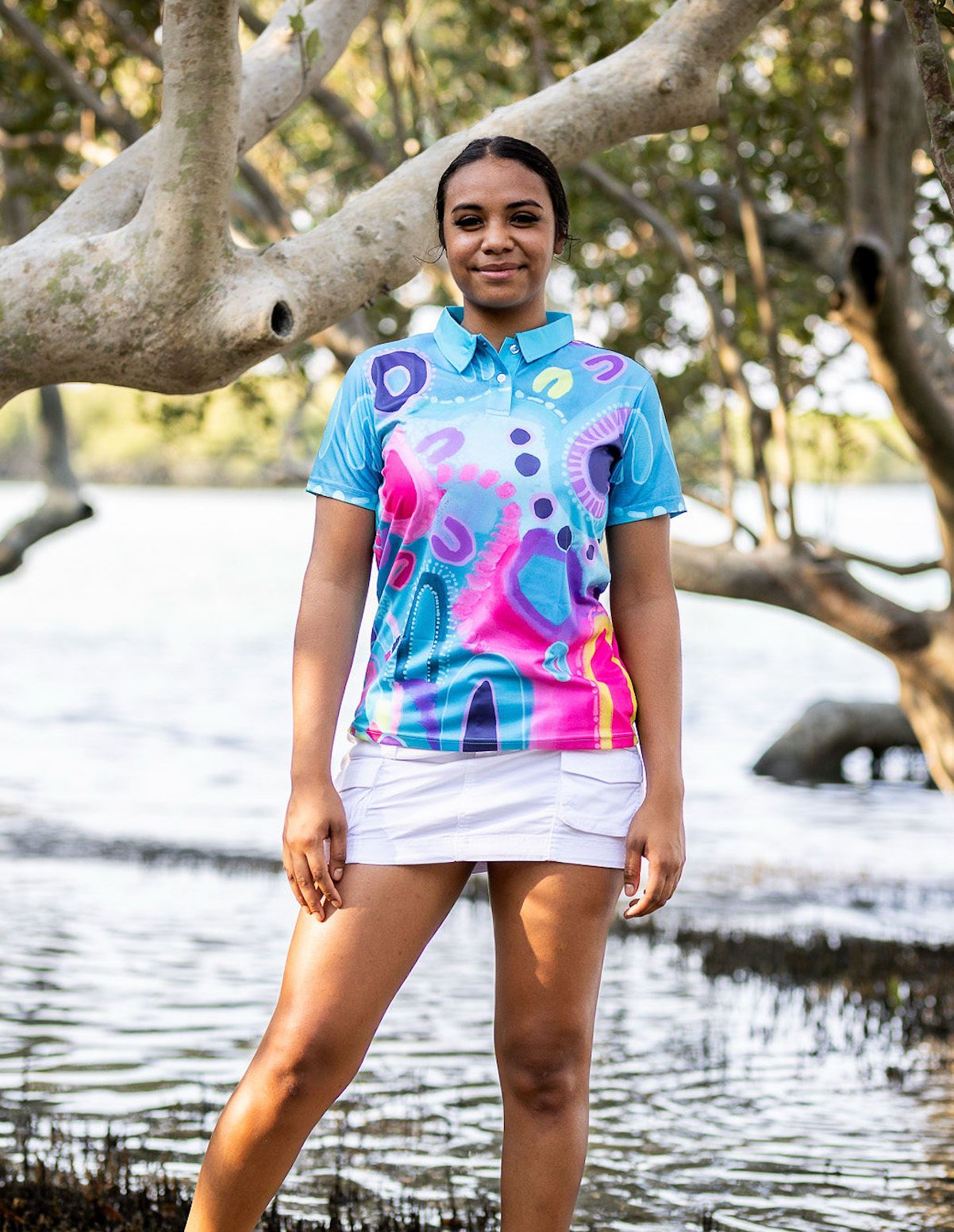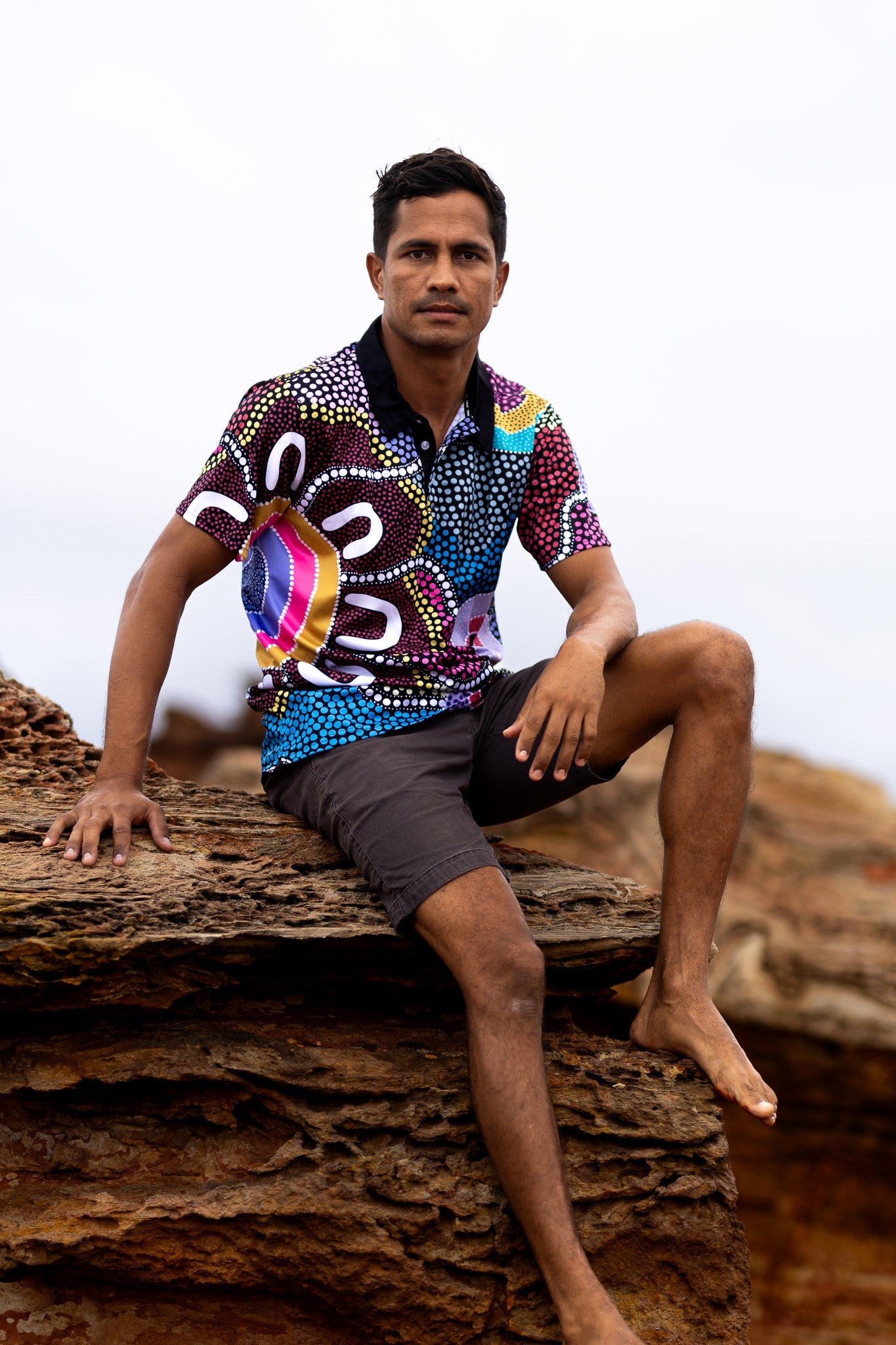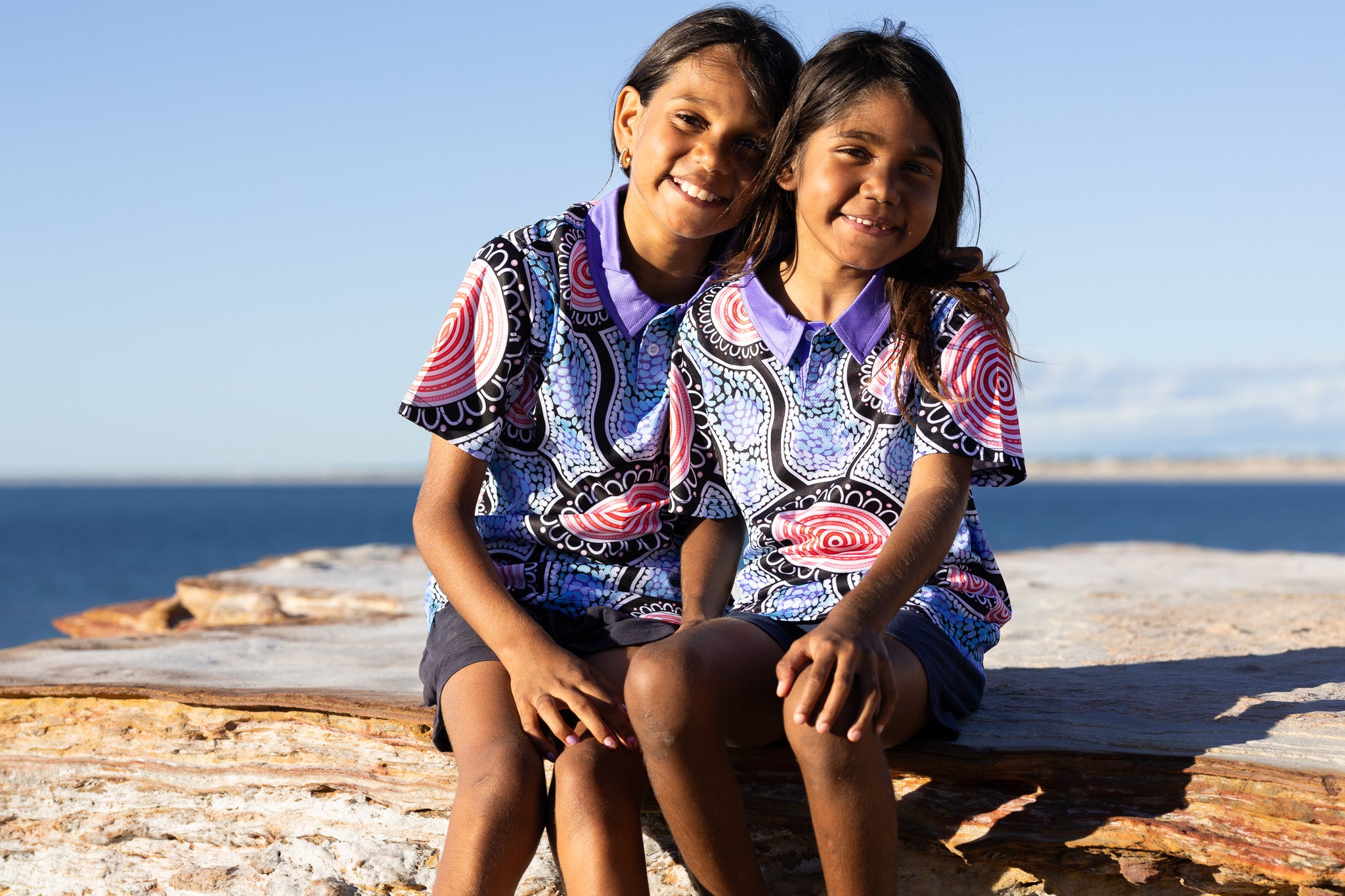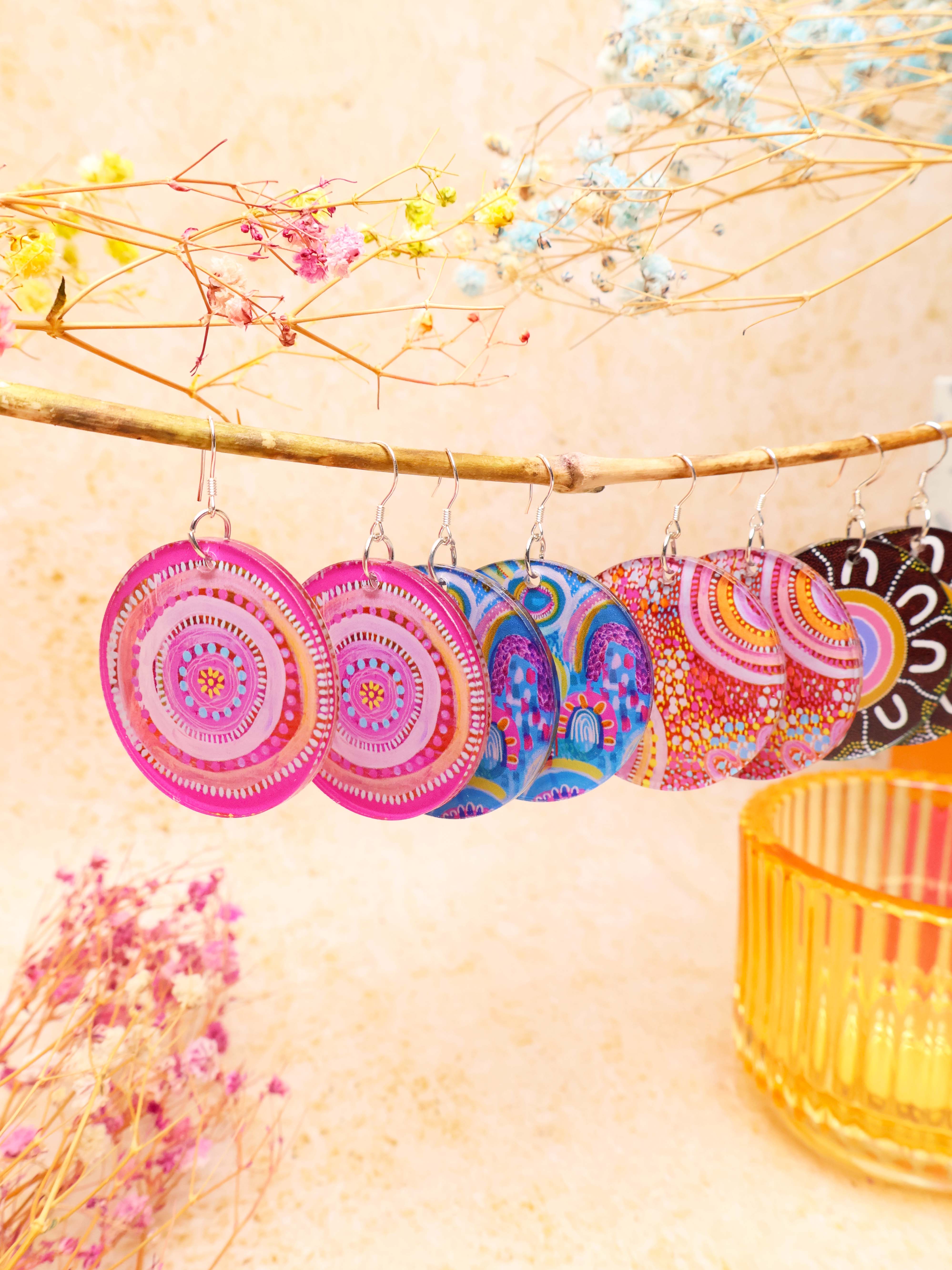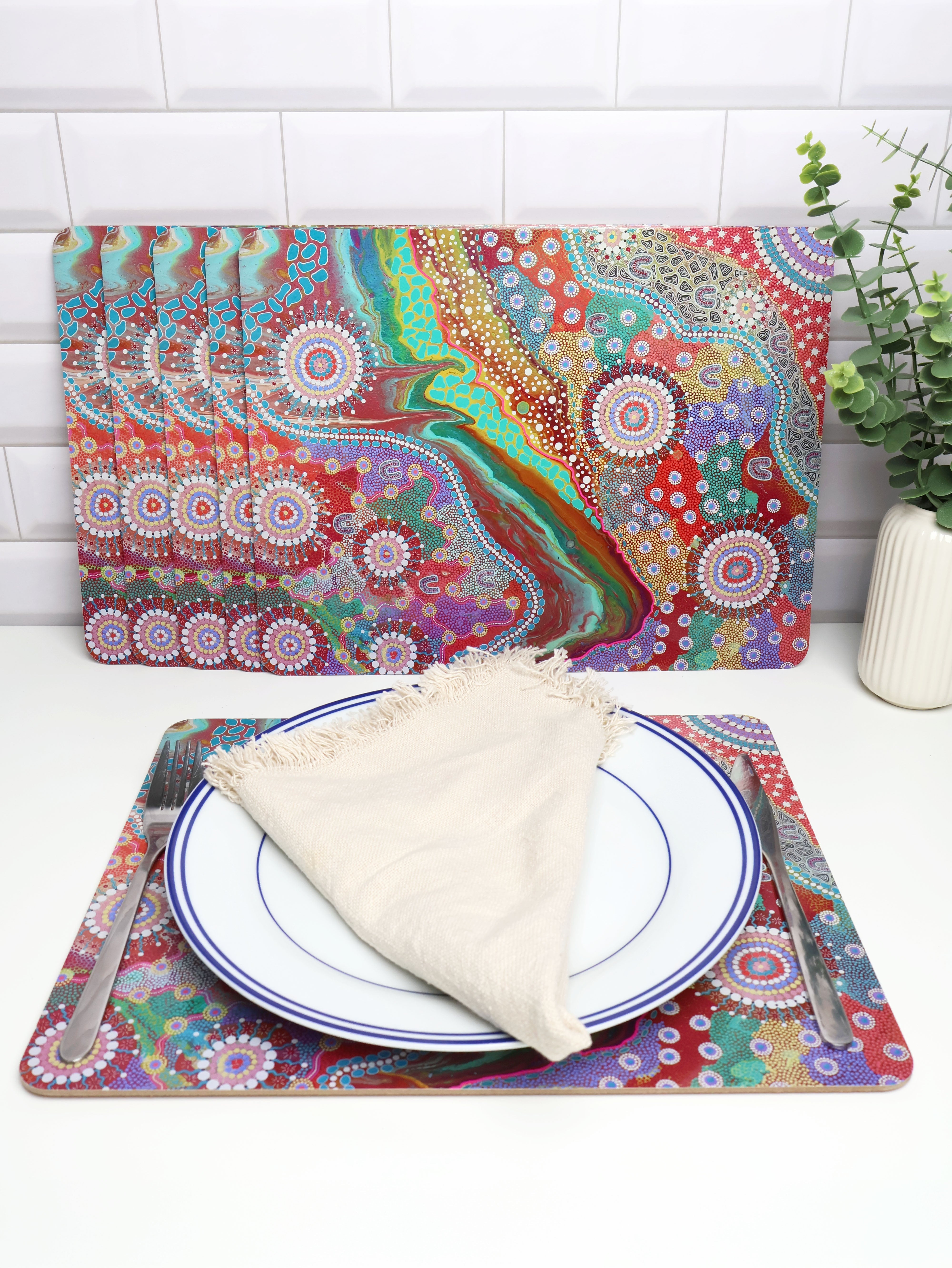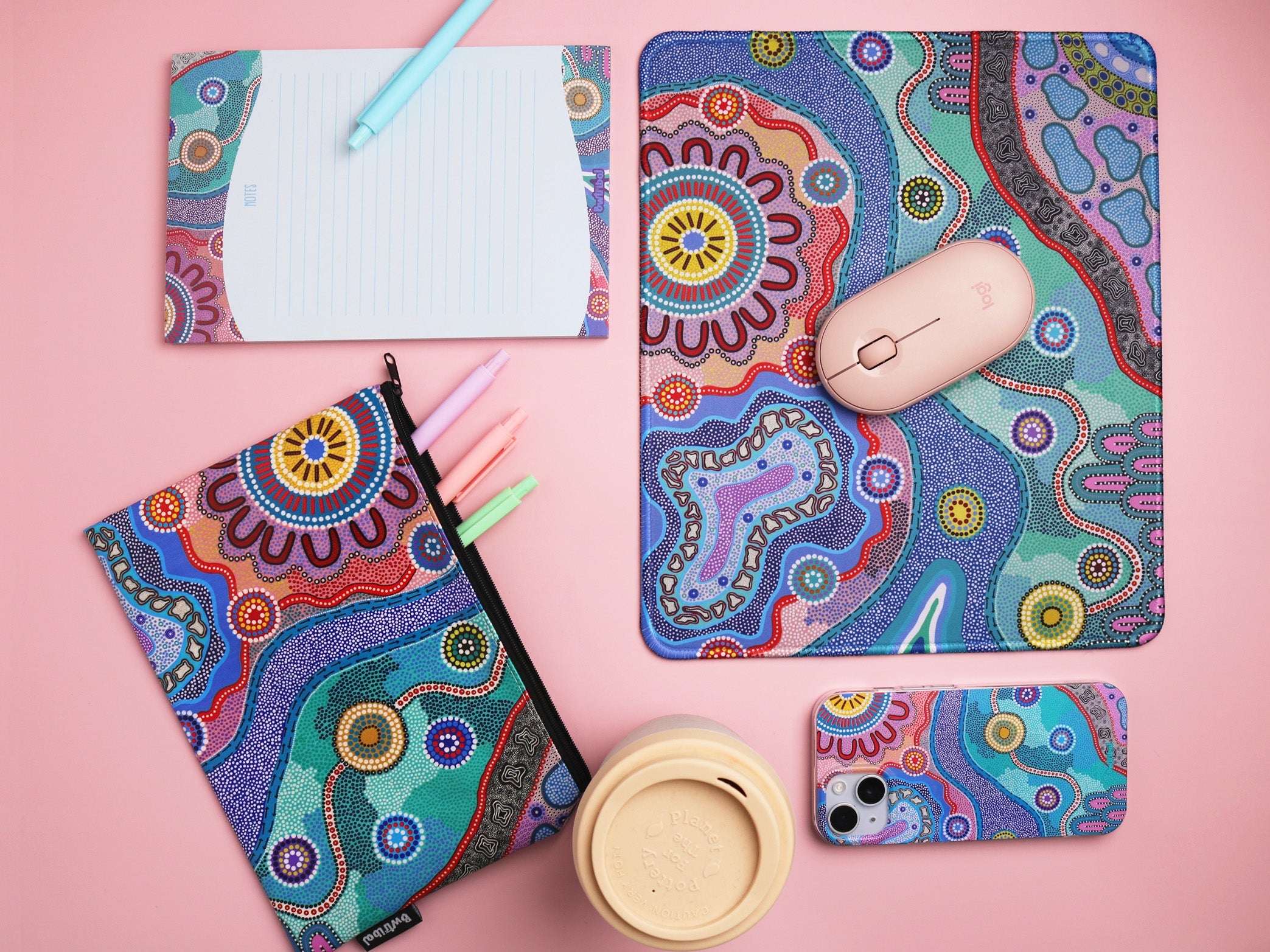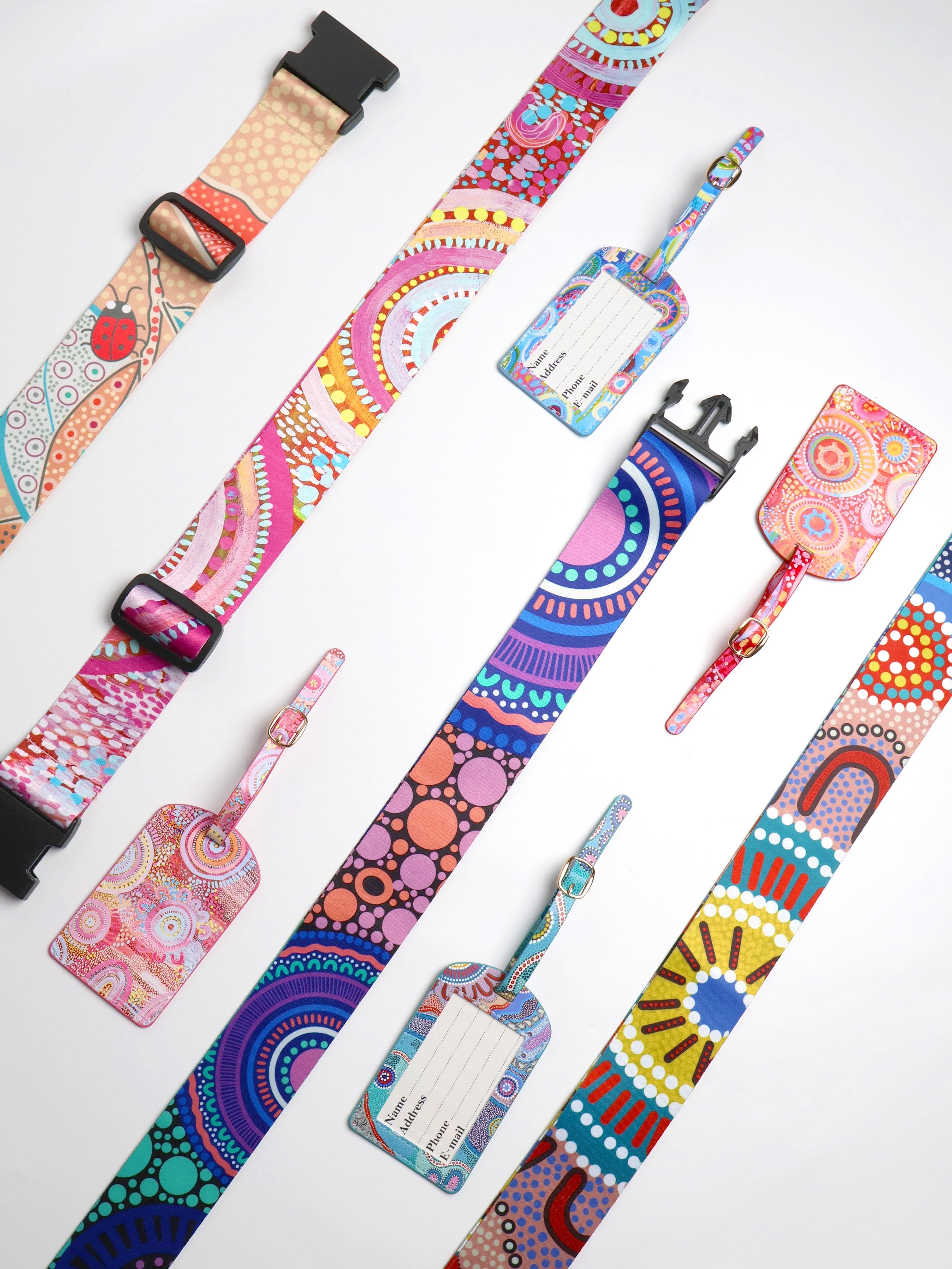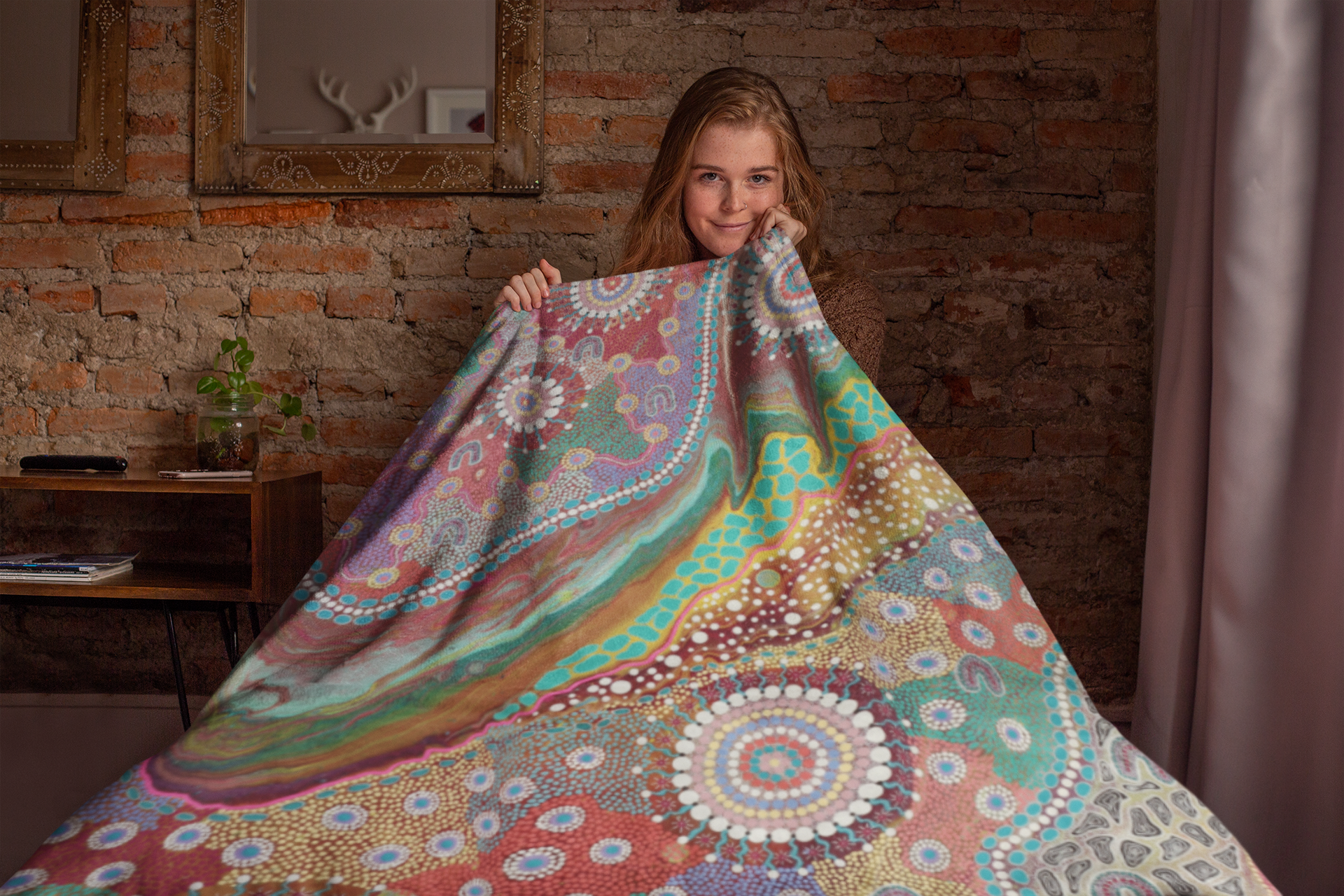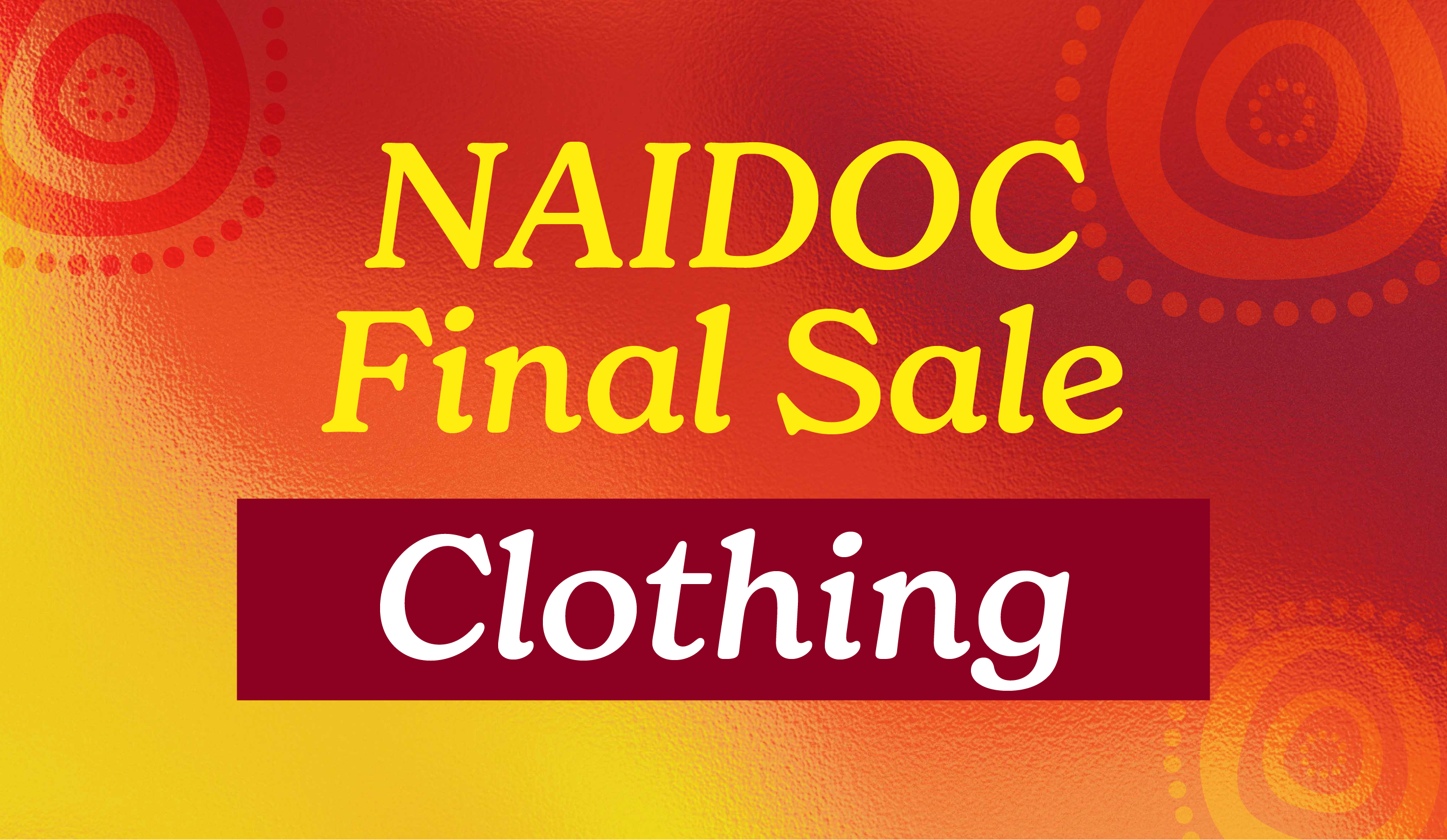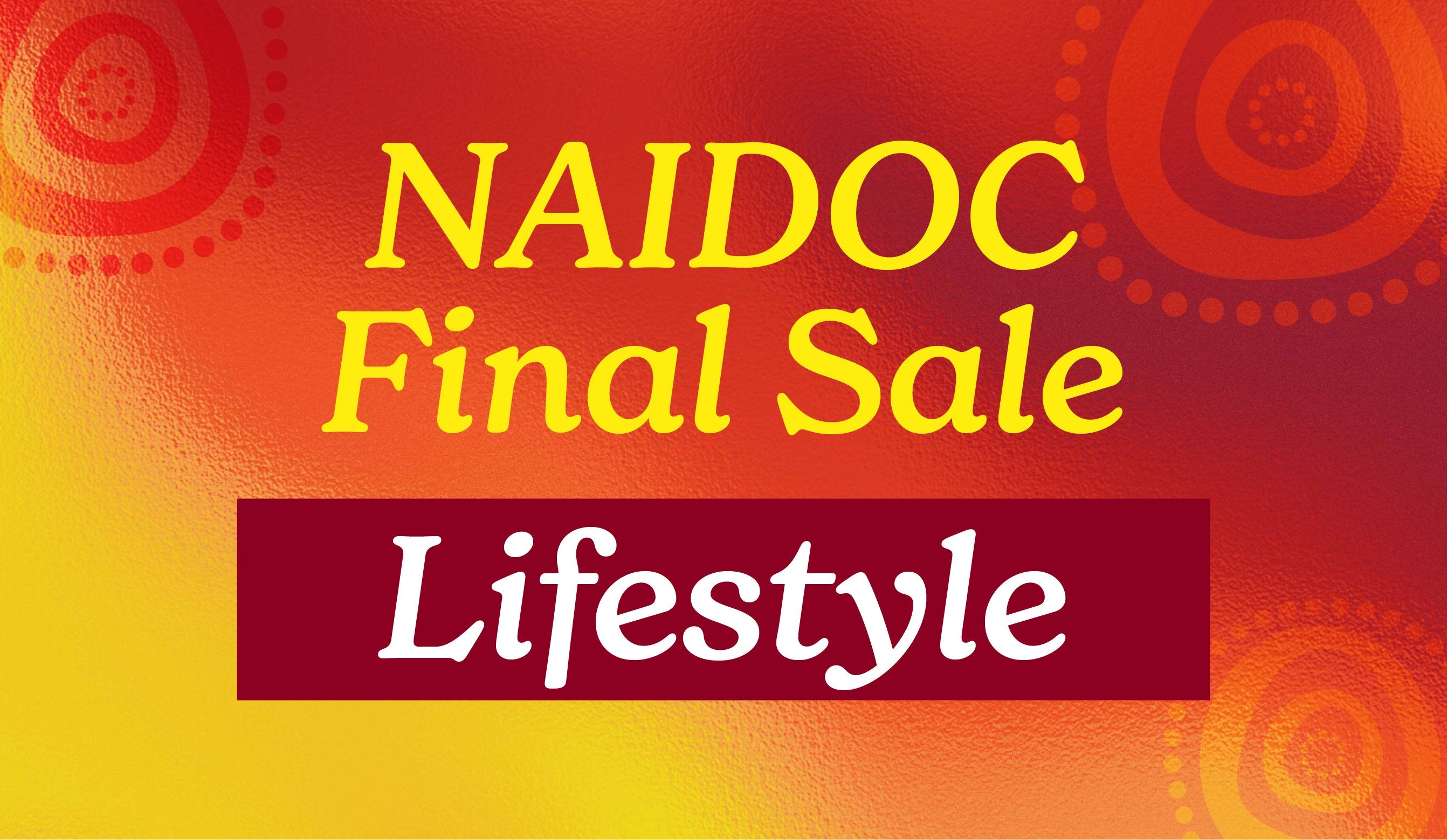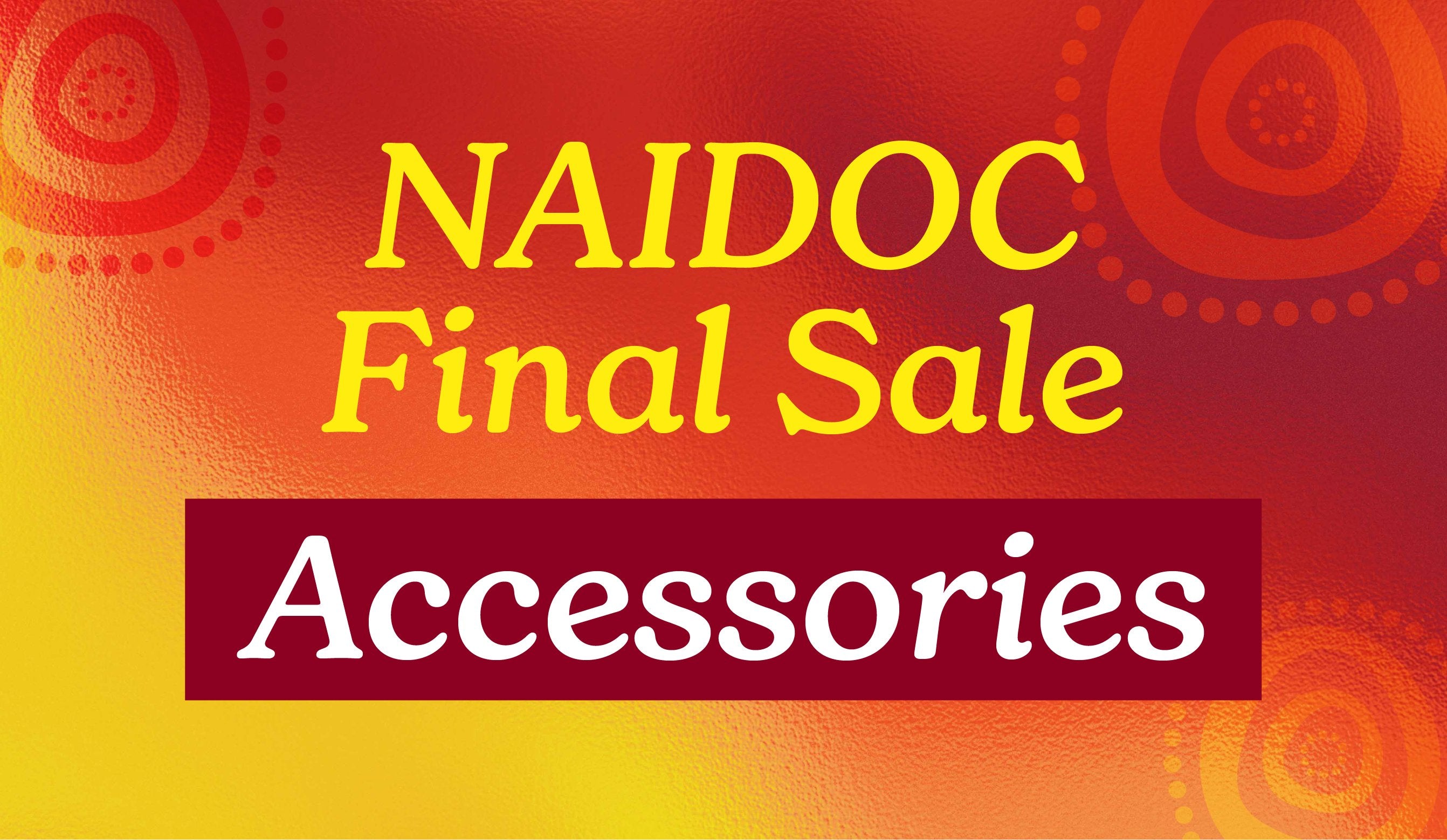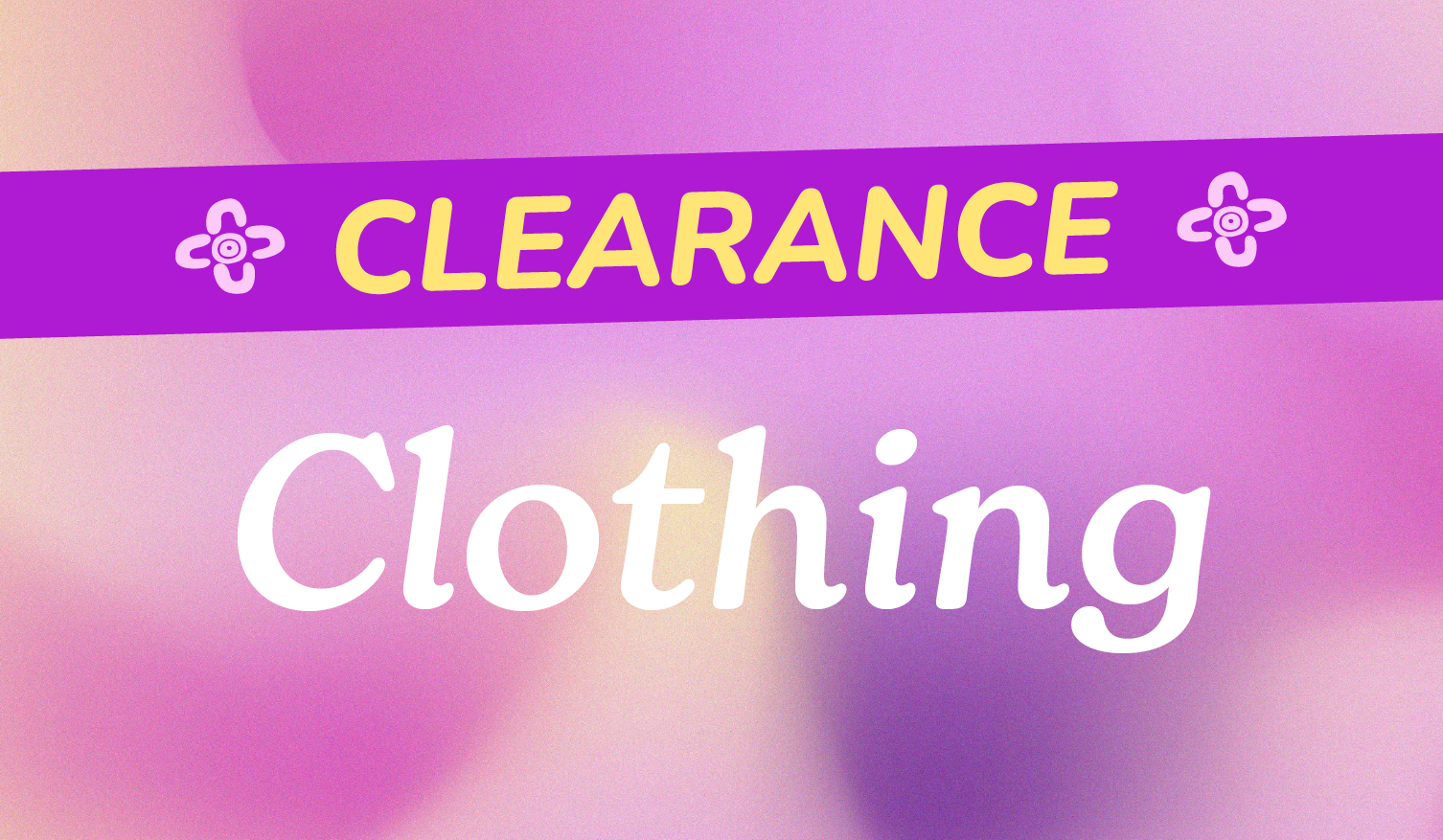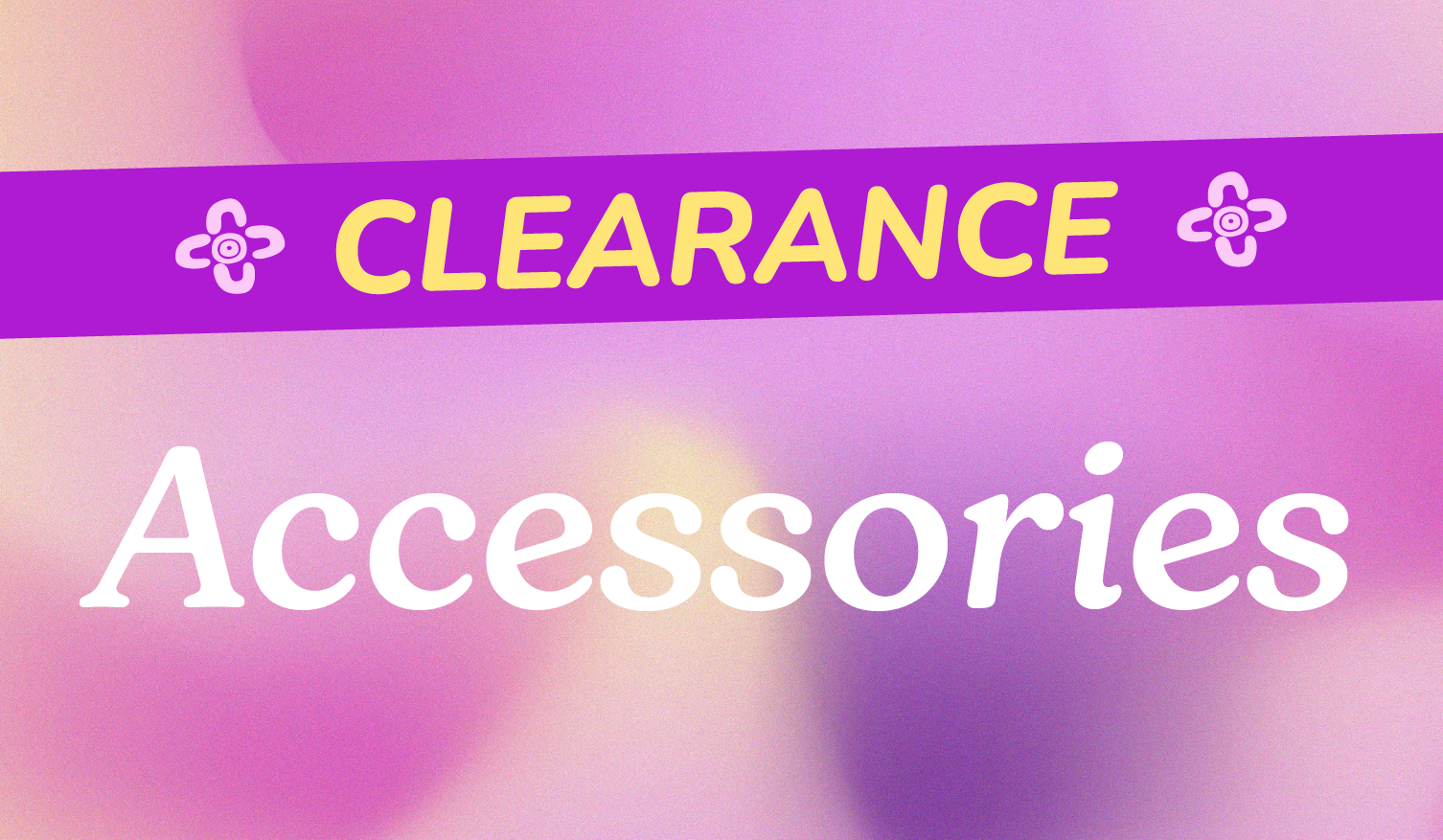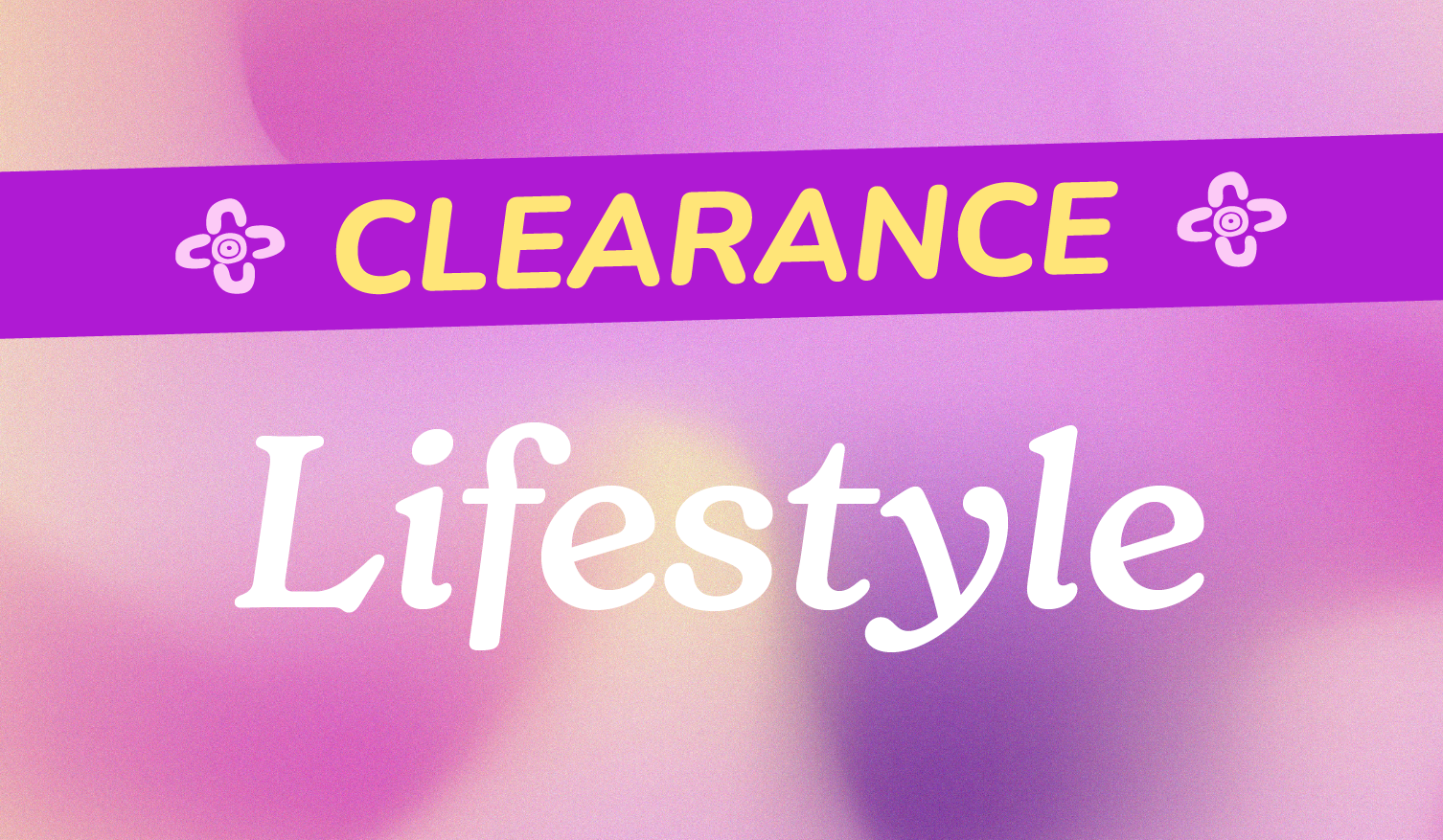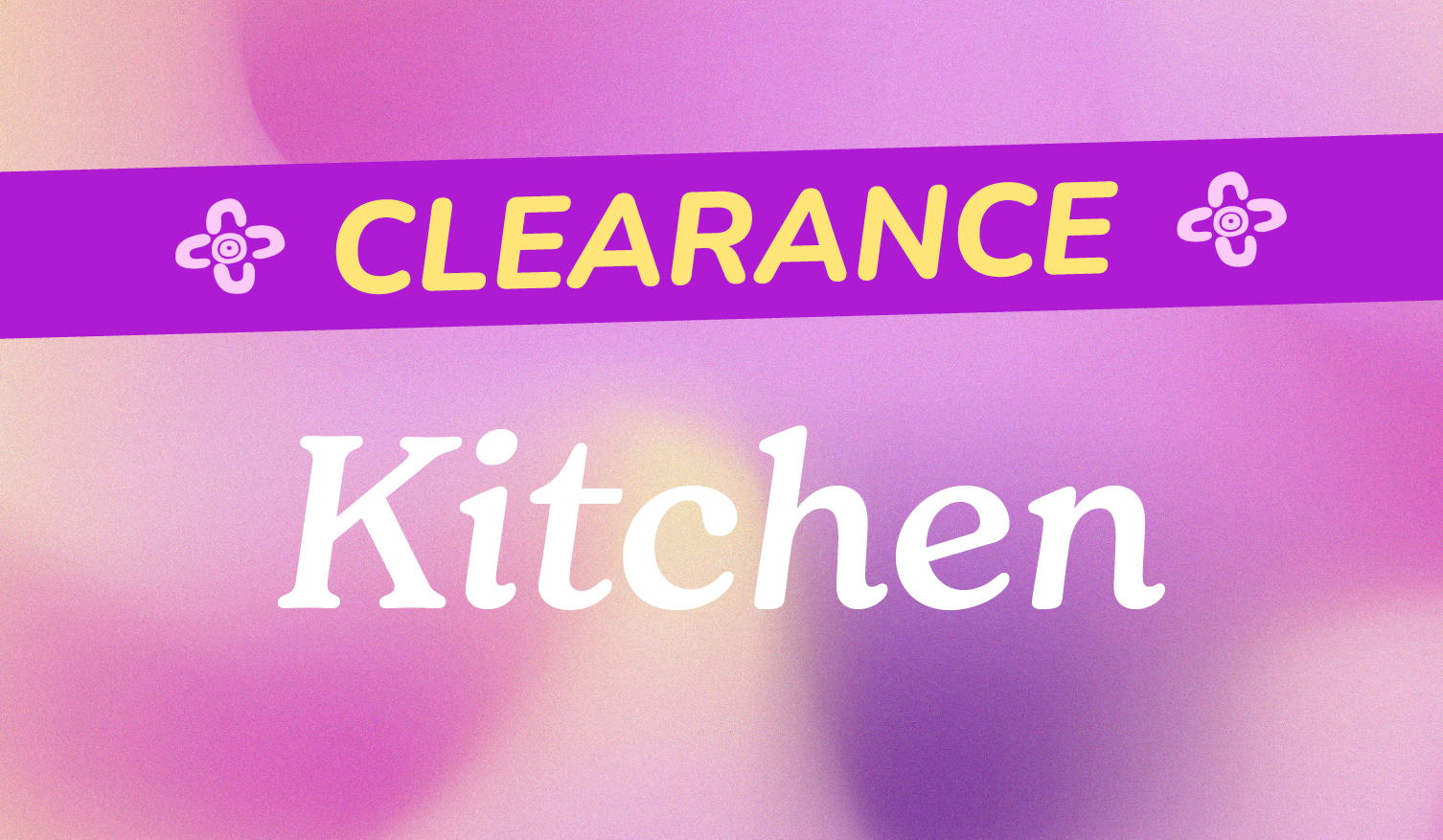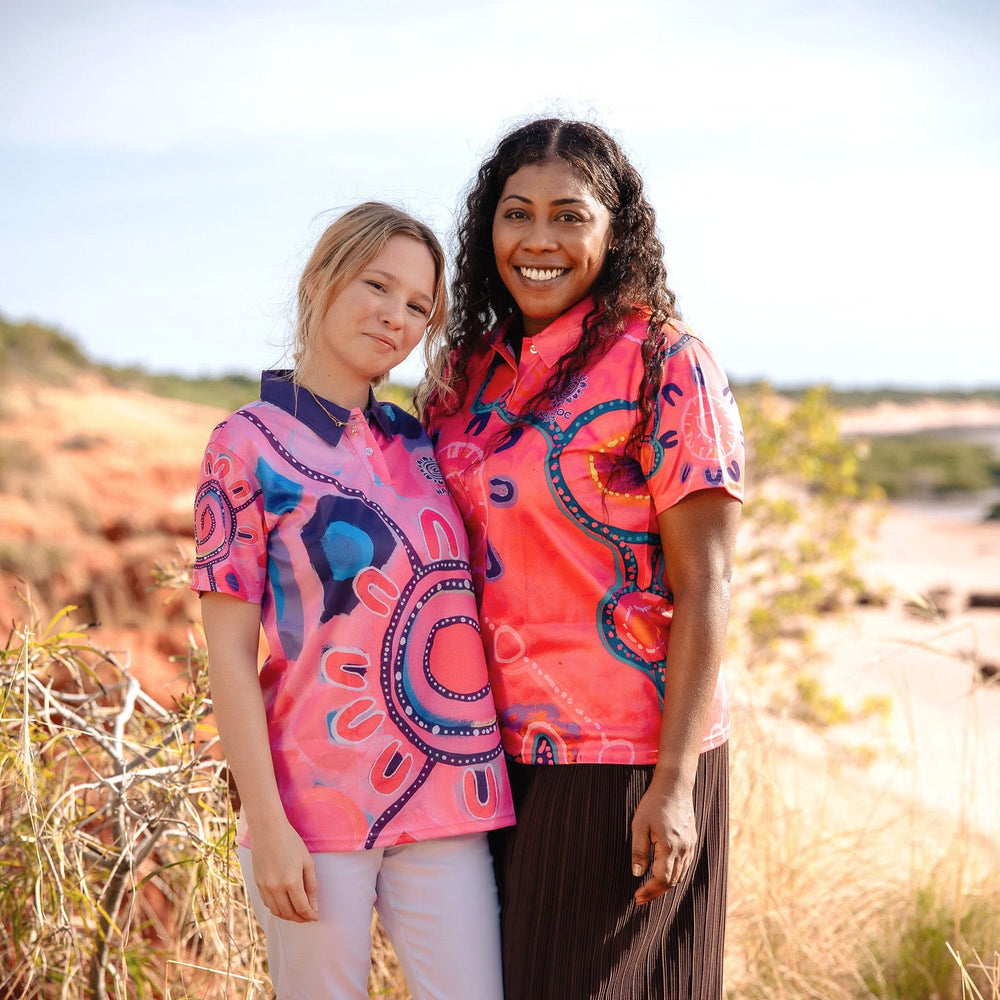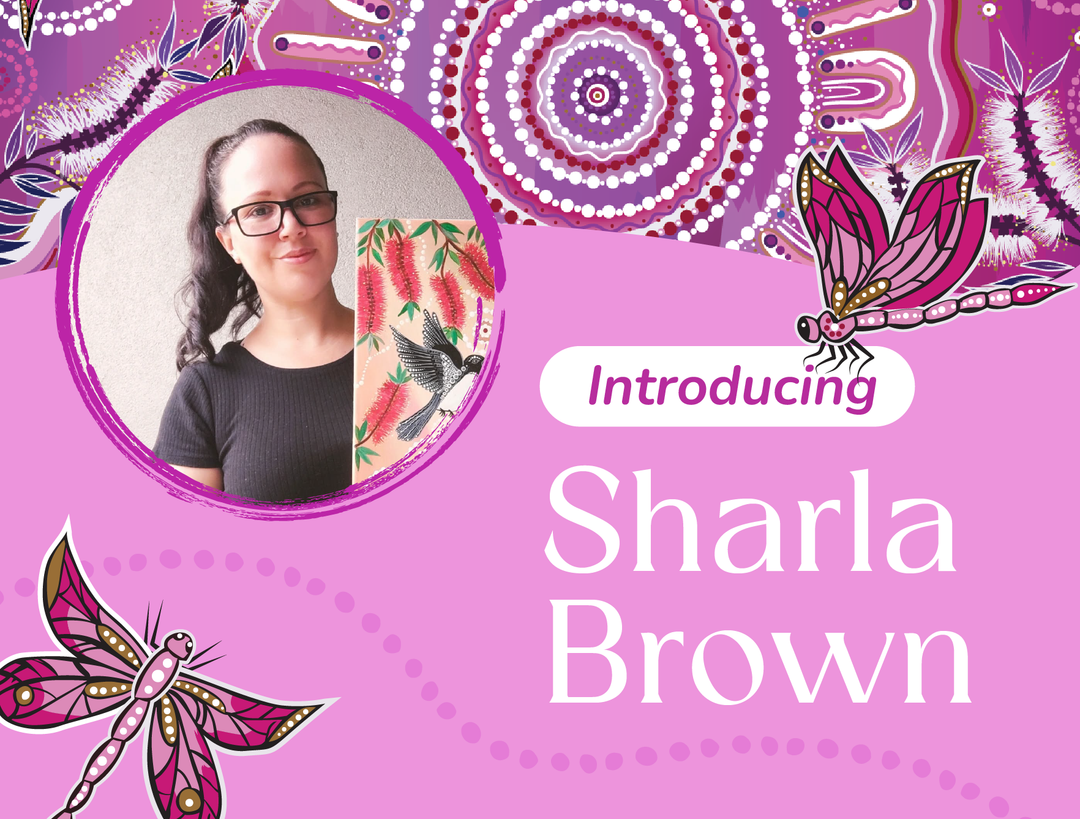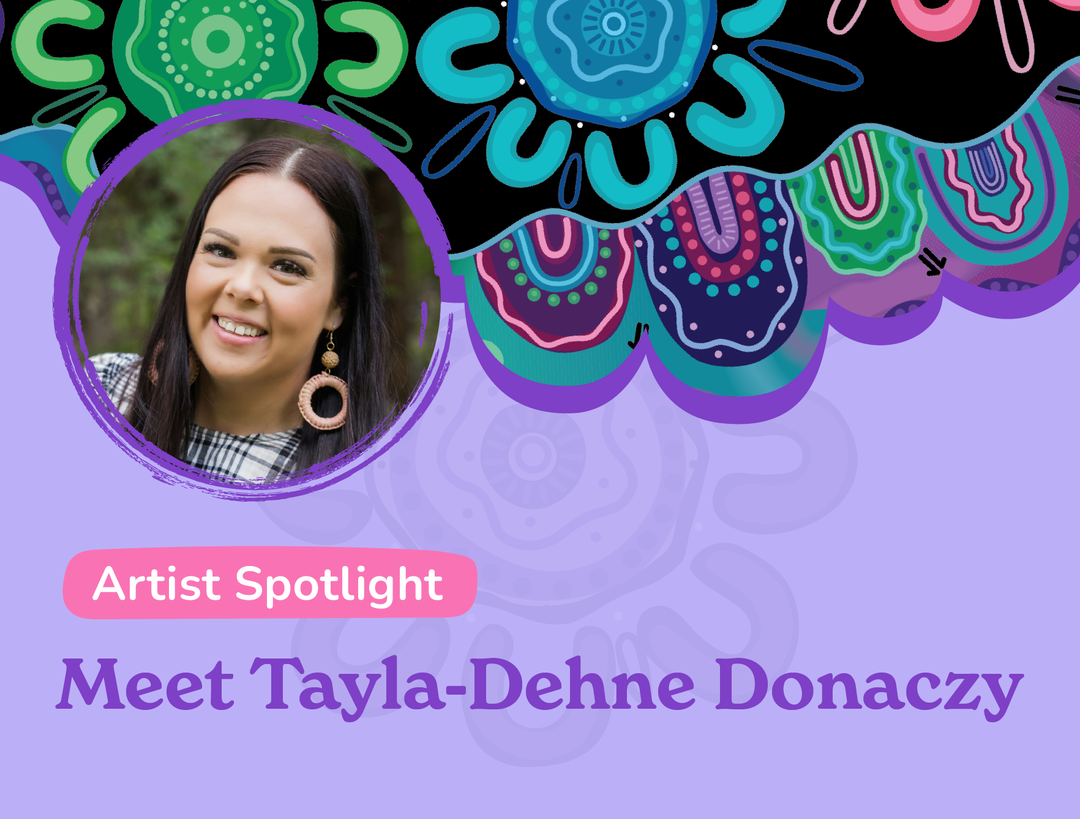So, What Does "Ethically Sourced Aboriginal Art" Actually Mean?
You’ve found a stunning piece of Aboriginal art. You love it, but then you see the phrase "ethically sourced" – what's that all about? It sounds good, but what does it really mean when it comes to Aboriginal art and the products inspired by it?
Essentially, buying ethically means ensuring that the Aboriginal artist or creator is treated fairly, respected culturally, and benefits directly from the sale of their work or designs. It’s about making sure your purchase supports the artist and their community, rather than exploiting their talent and culture.
Why is Ethical Sourcing So Important?
Aboriginal art is deeply connected to culture, Country, and storytelling, often passed down through generations. Sadly, there have been countless instances where artists haven't been paid fairly, weren't properly credited, or designs were used without permission. Ethical sourcing combats this. It acknowledges the artist's ownership of their story and design (known as Indigenous Cultural and Intellectual Property or ICIP) and ensures they receive fair compensation.
 Image: We're proud to collaborate with Krubi Creative – three talented sisters representing the Gundungurra Nation.
Image: We're proud to collaborate with Krubi Creative – three talented sisters representing the Gundungurra Nation.
Here are a few pointers:
-
The Indigenous Art Code: Look for sellers who are signatories to the Indigenous Art Code. This voluntary code promotes fair and ethical trade practices. Signatories commit to acting transparently, fairly, and respectfully. While not a guarantee on its own (you still need to ask questions!), it's a very positive sign.
-
Artist Information: Can the seller tell you about the artist? Who are they? Which community or language group are they from? What's the story behind the artwork? Reputable dealers and businesses are usually happy and proud to share this information.
-
Provenance & Authenticity: For original artworks, provenance is crucial. This means documentation proving the artwork's origin and authenticity, often including a certificate with the artist's details, the artwork story, and the art centre or gallery details. For licensed products (like clothing or homewares), look for information confirming the artist has approved the design reproduction and receives royalties.
-
Art Centres vs. Independent Artists: Many Aboriginal artists work through community-owned Art Centres, like the Aboriginal Art Co. These centres play a vital role in supporting artists (providing materials, studio space, business support) and ensuring ethical practices. Buying from Art Centres or galleries/businesses that source directly from them is often a reliable way to buy ethically. There are also many successful independent artists – when buying their work, the principles of fair payment and clear provenance still apply. Ask how the artist is represented and compensated.
-
Fair Payment & Royalties: This is fundamental. Does the price reflect the artist's skill and time? For licensed products, is there a clear arrangement ensuring the artist receives ongoing royalties or licensing fees for the use of their design? Don't be afraid to ask how the artist benefits from your purchase.
Here at BW Tribal, this principle is central to what we do. We are committed to ensuring that every Indigenous artist we collaborate with receives fair royalties for each and every product sold featuring their unique designs.
Ask Questions!
Ultimately, being an ethical buyer often comes down to asking questions. Reputable sellers who genuinely support artists will welcome your interest. If a seller is vague, evasive, or can't provide basic information about the artist or the artwork's origin, it might be a red flag. By choosing to buy ethically sourced Aboriginal art and products, you're actively participating in a respectful exchange that values Aboriginal culture and supports the artists who share it with the world.
Cover Image: Narooma by Emily Trindall of Krubi Creative.





